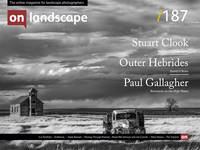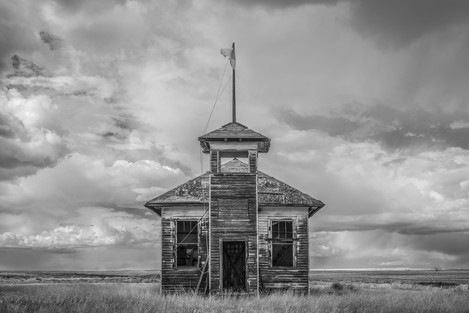Resilient to the years of abandonment

Paul Gallagher
Paul Gallagher is recognised as one of the most accomplished landscape photographers and workshop leaders in the UK today. He has been a writer and lecturer in photography for over thirty years and runs both field and printing workshop nationally and internationally.
I am not often known for including manmade structures in my photographs and I could be considered guilty for the determined exclusion of them most of the time. The reason for this is, to me, I find them distracting in what I am trying to say with a photograph, which is often my appreciation of the landscape. The inclusion of manmade structures such as buildings seems to draw attention away from this and, in part, the hand of man commands recognition once again.
This however changed when I made my first trip to the High Plains of Montana and the Dakotas in the USA recently. Strangely, I have been somewhat fascinated by the open, flat vastness nestling beneath huge skies for many years. For a photographer that is dizzy with inspiration beneath mountain spires, lakes and at the coast, this place could not be further from the norm for me. Along with the landscape, the remains of times long ago also had me returning to the pages of many books again and again to gain an appreciation of why this was. Where and why did everybody go, or more importantly, why did they come in the first place?
Prior to 1900, the High Plains of the USA were generally regarded as a bleak wilderness, not suitable for settling families or communities. This was all about to change when the powerful railroad companies wanted to extend their tracks across these vast plains and the trains needed to be serviced regularly for this to succeed.


